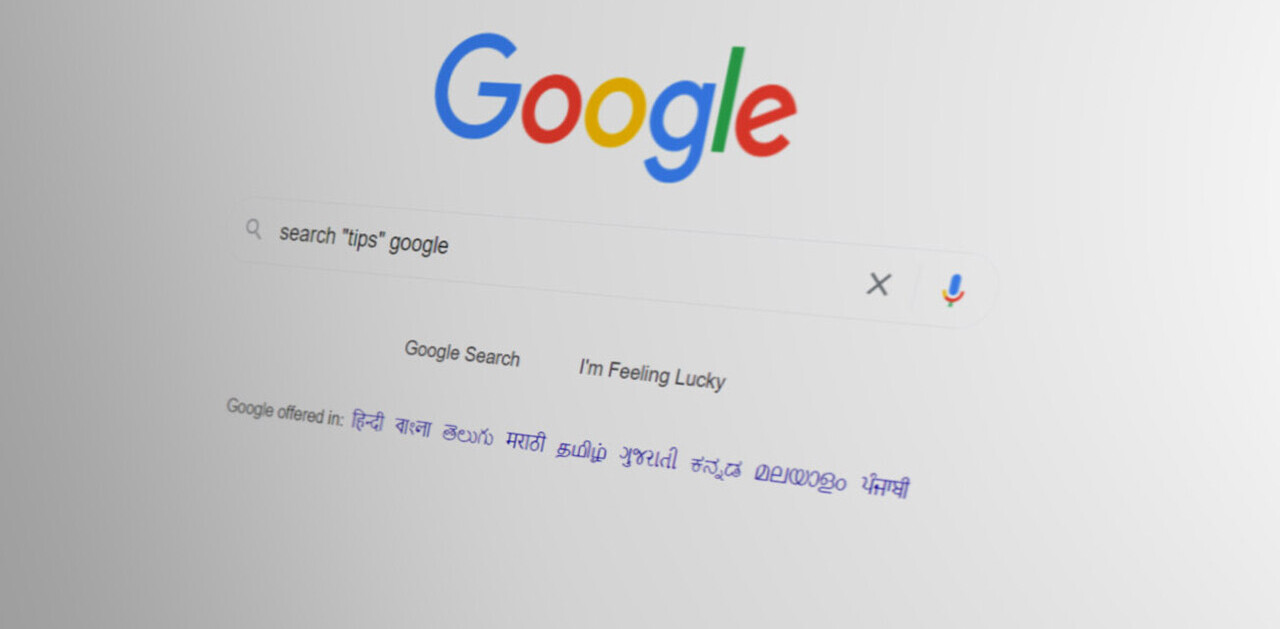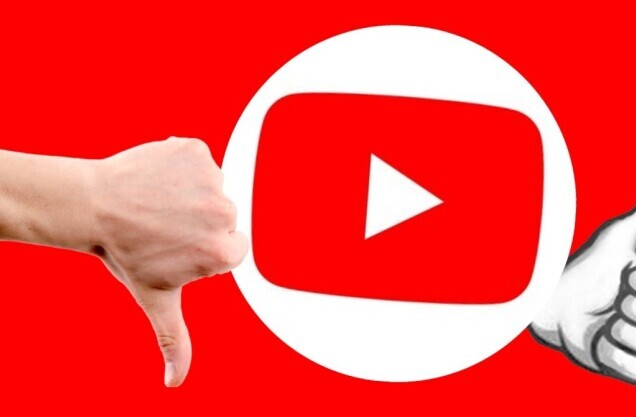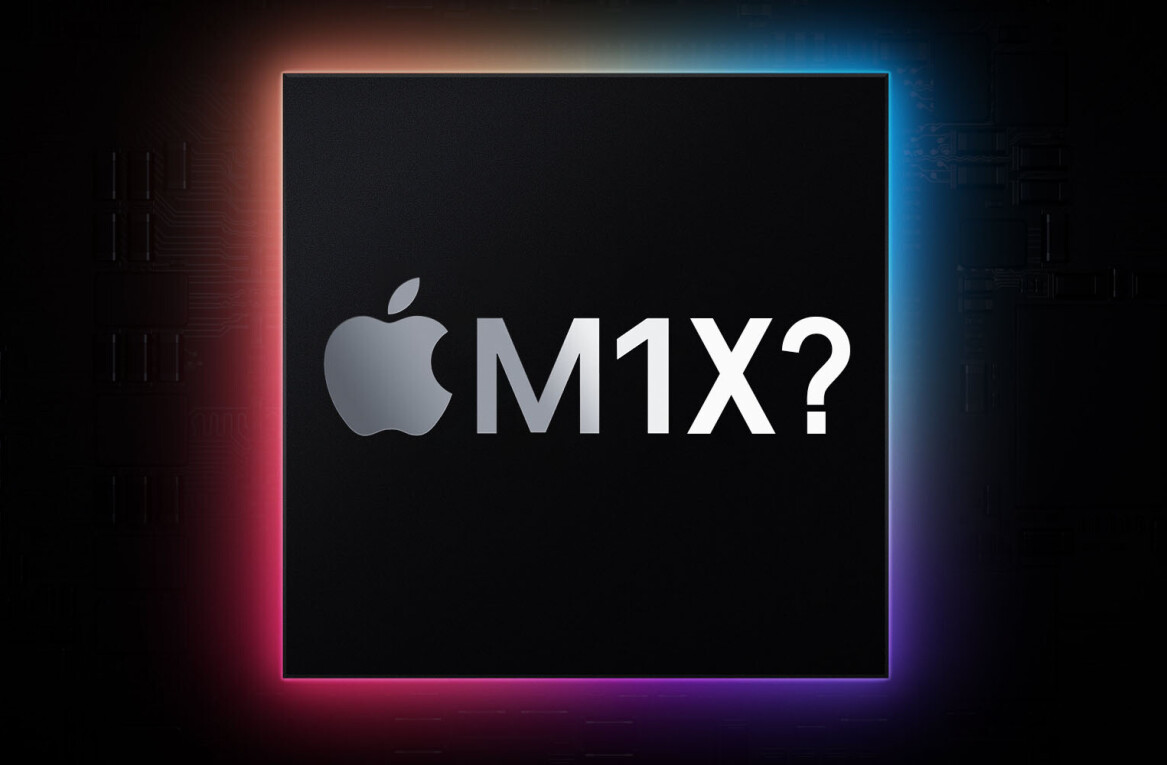
Streamus, the Chrome extension that turns YouTube into a serious music service, has been neutered by Google after a long battle between the company and the developer of the add-on.
The tiny extension made YouTube into a viable music service by offering a button in your browser for quickly building a queue of songs and playing them in the background.
I wrote earlier this year that Streamus “feels like something that Google itself should have built, but it’s actually built by someone who quit their job to work on the extension full-time.”

Even months after YouTube launched its paid music streaming service it still doesn’t offer a decent desktop streaming app and Streamus offered an excellent alternative. It racked up over 300,000 installs in just over two years.
Now, three years after its inception, Streamus is dead. It’s been removed from the Chrome Web Store after Google revoked its API key.
Sean Anderson, a 25 year old developer based in California bet everything on his tiny, but incredibly useful Chrome extension.
At first, the extension was picked up by a few friends but it quickly gained steam when TechCrunch covered it in January of 2014.
It was always somewhat questionable, because it played music in the background without the video that went with it — Anderson seemingly knew this, but had hoped he would one day be able to work something out with YouTube if it got big enough.
Shortly after the Techcrunch article was published, YouTube sent Anderson a cease and desist letter.
YouTube was upset for three reasons: Streamus was not back-linking to YouTube or showing video in the foreground while playing music and didn’t show its advertisements. Understandable requests.
After the initial cease and desist and an introduction to YouTube’s head of developer relations, the company went quiet.
We’ve seen email threads where Anderson tried contacting the company repeatedly and proactively, but he didn’t hear from Google for four months until an abrupt email arrived later in the year.
At this point, he offered up his solutions to the company’s initial cease and desist and asked for feedback. One idea included using Chrome Panels, a now defunct feature that Hangouts uses to display floating windows, to float the YouTube video on the desktop.
YouTube replied the same day saying that the company was talking internally about allowing his app to use Chrome Panels and asking if Anderson would be interested in coming by to see if he’d make a “good match” for the YouTube Music team who might be able to work with him.
Anderson jumped on a Google Hangout call with the team within a few days and signed a non-disclosure agreement.
He wouldn’t tell us the specifics of what they discussed, but says they did ask if he wanted to go through their interview process, but declined because he felt they were trying to “solve a problem” by doing so.
Google is no stranger to this tactic. In a Medium post last year, an anonymous person wrote about a time where the company purported to be interested in an acquisition of a startup but was only making a hiring maneuver.
After he declined, Anderson says the tone of discussions took a turn for the worse.
Google’s Chrome team said that “Panels are not a good choice as they have way too many issues and they do not whitelist any third party” before becoming unresponsive again.
Anderson worked on attempting to fix the problem in new ways but didn’t hear back again from Google until four months later on June 17, when an abrupt email arrived.
“I just tried the latest version of your extension and there wasn’t visuals of the YouTube videos” said the representative, “as clearly stated, you can not separate audio and visuals of a video and present them.”
Anderson, slightly flustered by the fact that the company had materialized again, replied with the work he’d been doing to fix the problem and said he was moving house, so wouldn’t be able to work on Streamus in the near term.
YouTube waited another 12 days before replying, asking for an update and expressing concern that the extension didn’t show advertising.
In a long-winded email response, Anderson explained that he isn’t blocking advertising and that YouTube’s API would not serve videos that contained ads no matter what he tried and pointed out that Plug.dj, a popular collaborative music service, uses the same method to play videos and he should be able to as well.
He also argues that because users can play YouTube music in a background tab, they should be able to minimize his extension while offering a way to quickly see the video again, since it’s effectively the same thing.
Yet again in this email Anderson offered to work with YouTube to find mutual ground and build something that works for both parties.
Just a day later, YouTube replied saying that he can’t use the same “exploit” that Plug.dj does, and that he needs to “completely disable the audio only feature” by the end of the month.
The email, sent on June 30, gave him 9 hours to fix the problem.
With no immediate response to questions, Anderson stayed up all night to get it fixed. The result was a cobbled together update to the extension that played YouTube’s videos in the foreground.
The updated extension went live on the Chrome Web Store on July 1.
He wasn’t able to get advertisements to play in time after all, but YouTube’s representative admits the next morning that it was an issue on its side and offered “further time” to tweak the extension.
When Streamus’ update went live on July 1, it was met with disappointment, but understanding from some users. Reviews on the Chrome Web Store, however, were brutal.
Universal Music Group also quietly blocked Streamus from playing its videos, which Anderson learnt about around the same time.
YouTube was still unhappy with the updated extension. In an email dated July 7th, the developer representative said that it still didn’t comply because it allowed the user to minimize the video manually.
“The only exception is the native browser functionality — e.g., the ability for the user to navigate away from or minimize a tab that is streaming YT video’s visual with its accompanying audio.”
YouTube gave Anderson an ultimatum: it needed to be fixed by July 17, or the company would revoke Streamus’ API keys.
In a final email YouTube’s representative said that the company is “not always able to work this closely with developers on compliance matters. I hope you can appreciate that we’ve given you an unprecedented amount of time and attention on these issues.”
After two years of YouTube skirting his questions and offering no real middle ground, Anderson was forced to kill the extension and withdrew it from the Chrome Web Store to comply.
I asked Google for comment on Streamus and how the company saw the situation.
A spokesperson replied with this unattributed quote that doesn’t address the issue: “We encourage people to leverage the power of our open API to embed YouTube videos in creative and innovative ways that comply with our terms of service.”
The company also alluded to the fact that the terms of service do not allow separate playback of audio and video, or advertisements to be blocked. It didn’t address questions around why it stalled Streamus for so long, or why it didn’t help when ads were broken on its end.
Even now that it’s gone, users are still active on Streamus’ subreddit, hoping for an updated extension or a way to hack the old one back into existence.
With over 300,000 users, there was an obvious desire for a way to use YouTube as a music service, but the company wasn’t interested.
YouTube’s position is understandable — it’s bound by a set of terms imposed on it by the music labels — though it wasn’t willing to help provide any real way to keep Streamus alive.
Plenty of people actively use YouTube as a jukebox and by killing Streamus, the company missed out on a golden opportunity to turn it into a meaningful music service with an app of its own.
What’s next for Anderson? Despite the setbacks, he’s still looking for other ways to bring Streamus back to life.
Get the TNW newsletter
Get the most important tech news in your inbox each week.








